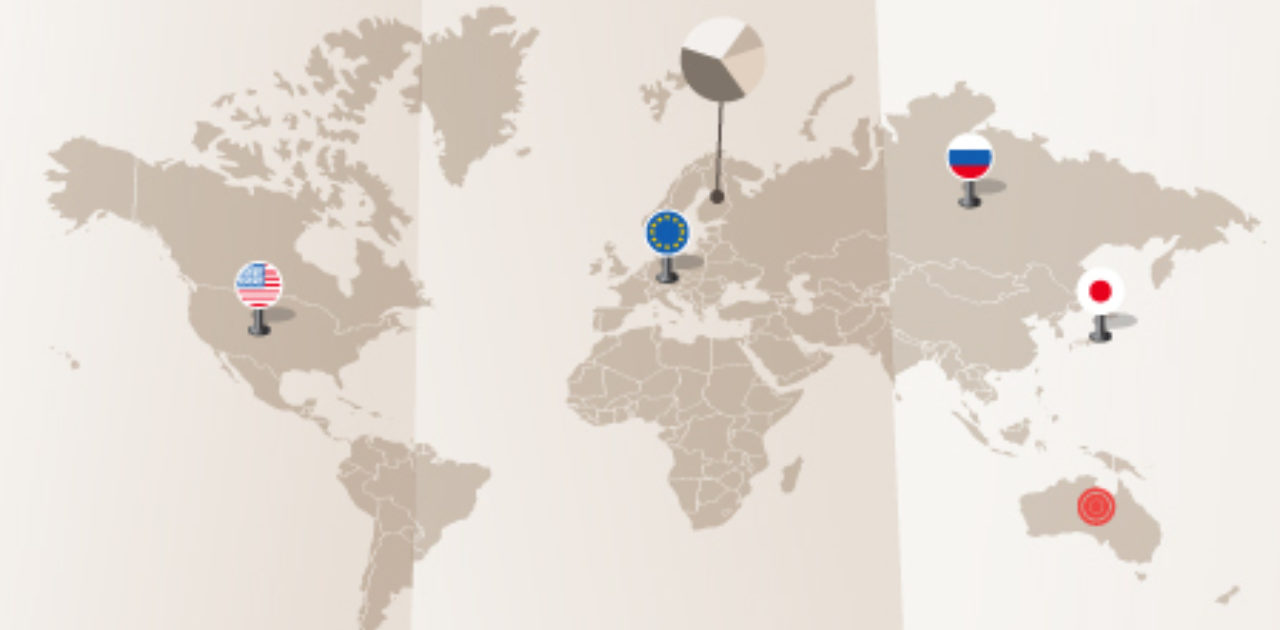
Country Sustainability Rankings: International Investing and the Sustainability Factor
While ESG is applied largely on the individual security level, the application of a sustainability framework may also be relevant to country allocation when filling out the international component of an investor’s portfolio.
To view the full article please register below:
Country Sustainability Rankings: International Investing and the Sustainability Factor
Incorporating Environment, Social, and Governance (ESG) criteria into investment decision-making is growing increasingly more mainstream, spurred on by a broad movement of investors, governments, and activists. While the case for ESG screens enhancing returns is a mixed one, there is stronger evidence that the application of ESG criteria does reduce investment risk, resulting in more favorable risk-adjusted returns.
While ESG is applied largely on the individual security level, the application of a sustainability framework may also be relevant to country allocation when filling out the international component of an investor’s portfolio.
Robeco, an international asset manager, has developed such a framework, using ESG factors such as aging, competitiveness, and environmental risks to understand a country’s strengths and weaknesses well beyond what third-party rating agencies may report on.
Robeco’s Country Sustainability Ranking
In a report1 from June 2019, Robeco identifies the top global risks countries face.
Top Five Risks in Terms of Likelihood
- Extreme weather events
- Failure of climate-change mitigation and adaptation
- Natural disasters
- Data fraud or theft
- Cyber-attacks
Top Five Risks in Terms of Impact
- Weapons of mass destruction
- Failure of climate-change mitigation and adaptation
- Extreme weather events
- Water crises
- Natural disasters
Though environmental risks dominate, Robeco’s index covers a broad range of risks, including societal, geopolitical, economic, and technological issues.
Countries by Rank
Sweden is considered the world’s most sustainable country, followed by Switzerland and Sweden’s neighbors, Norway, Denmark, and Finland. New Zealand and Canada round out the list of nations with the highest sustainability scores.
Countries with the worst sustainability scores include some unsurprising mentions, such as Vietnam, Venezuela, Nigeria, and Pakistan. What may be more surprising is that the two top emerging markets, India and China, also occupy the lowest rung of sustainability ranking.
Robeco’s ranking system runs on a score range of 1-10. Sweden received a score of 8.04, while the aforementioned group of laggards all got a score of below 4.0.
Scores are fluid, changing with the prevailing conditions and circumstances within each country. In the last report (updated every six months), countries like Venezuela, Peru, Columbia, UAE, and South Africa experienced sharp declines from their previous scores, while Slovakia, Kuwait, Indonesia, Ukraine, and Argentina posted the strongest improvement over a six-month period.
Source:
Please reference disclosures: https://blog-dev.americanportfolios.com/disclosures/











